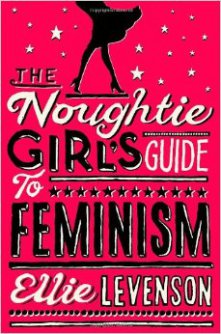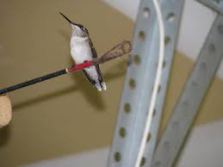The Rabbit Back Literature Society by Pasi Ilmari Jaaskalainen was first published in Finland in 2006. The novel in its lovely Pushkin Press edition has been translated from its original Finnish by Lola M. Rogers.
The novel’s protagonist, twenty six-year-old Ella Milana, is first introduced to us as ‘the reader’. She is a Finnish language and literature teacher – ‘a dreamy substitute with defective ovaries and gracefully curved lips’ – who has returned to her hometown, Rabbit Back, to work as a substitute at the high school. Whilst living in her childhood home once more, Ella finds herself with rather a lot to deal with – along with a stressful pile of marking each evening, her father is suffering from quite extreme memory loss, and all that interests her mother are ‘television shows and entering raffle drawings in the hope of winning a prize’.
Ella’s story begins when one of her students is found reading an incorrect version of Dostoevsky’s Crime and Punishment, in which the plot has been altered considerably: ‘… the existence of the irregular Dostoevky deeply offended her, and when she was offended she could sometimes do impulsive, purely intuitive things’. When returning it to the local library, Ella becomes suspicious that the librarian is not more surprised by the incident: ‘A prank like that would take a very unusual saboteur and it was hard to imagine what the motive would be. And how could such a book remain in circulation for nearly twenty years without anyone noticing anything strange about it?’
 The Rabbit Back Literature Society of the novel’s title is ‘a collection of gifted children who would, with [Laura] White’s guidance, grow up to be writers’. Promising students at the Rabbit Back school have work sent to local and revered children’s author Laura White, who is continually involved in ‘her search for the new members she desires’. At the beginning of the novel, however, the society has had no new members for three decades: ‘The possibility of joining the society was practically theoretical, since the entire present membership – nine lifetime member authors – had all joined in the first three years after the Society was established in 1968’.
The Rabbit Back Literature Society of the novel’s title is ‘a collection of gifted children who would, with [Laura] White’s guidance, grow up to be writers’. Promising students at the Rabbit Back school have work sent to local and revered children’s author Laura White, who is continually involved in ‘her search for the new members she desires’. At the beginning of the novel, however, the society has had no new members for three decades: ‘The possibility of joining the society was practically theoretical, since the entire present membership – nine lifetime member authors – had all joined in the first three years after the Society was established in 1968’.
After one of Ella’s short stories is published in a supplement in the local paper, however, she is invited to join the Society. We are given quite a fascinating insight into the world of the elite in consequence. At a society get together, for example, ‘The members of the Rabbit Back Literature Society don’t seem to be talking with each other. They pass close by each other now and then, but never look each other in the eye, never indulge in conversation. One could very easily assume that they don’t know each other at all’. Two elements of mystery – one of which revolves around a shadowy past member whom nobody really remembers, and the other of which deals with the sudden unexplained disappearance of Laura White herself – soon come to light.
Bookish Ella is a character whom I found myself immediately endeared to: ‘She’d read more than was healthy, hundreds of books every year. Some of them she read twice, or even three times, before returning them. Some of them she would check out again after letting them sink in a while. She’d thought at that time that books were at their best when you’d read them two or three times’.
The novel’s third person perspective focuses mainly upon Ella and her place in Rabbit Back; a lot of thought has clearly gone into her character, her past and her actions. Such care has been taken over the translation of The Rabbit Back Literature Society, and it flows wonderfully. The whole is compelling, and is filled with some lovely passages and ideas. There is a creative aspect to be found in The Rabbit Back Literature Society, and Jaaskalainen has woven in elements of magical realism here and there, which add a wonderful balance to the whole. The novel becomes darker as it goes on, and it has been so well crafted that it is a true joy to read.
Purchase from The Book Depository
Advertisements Share this:




